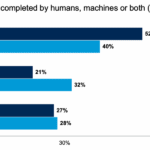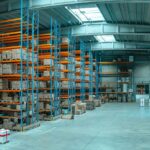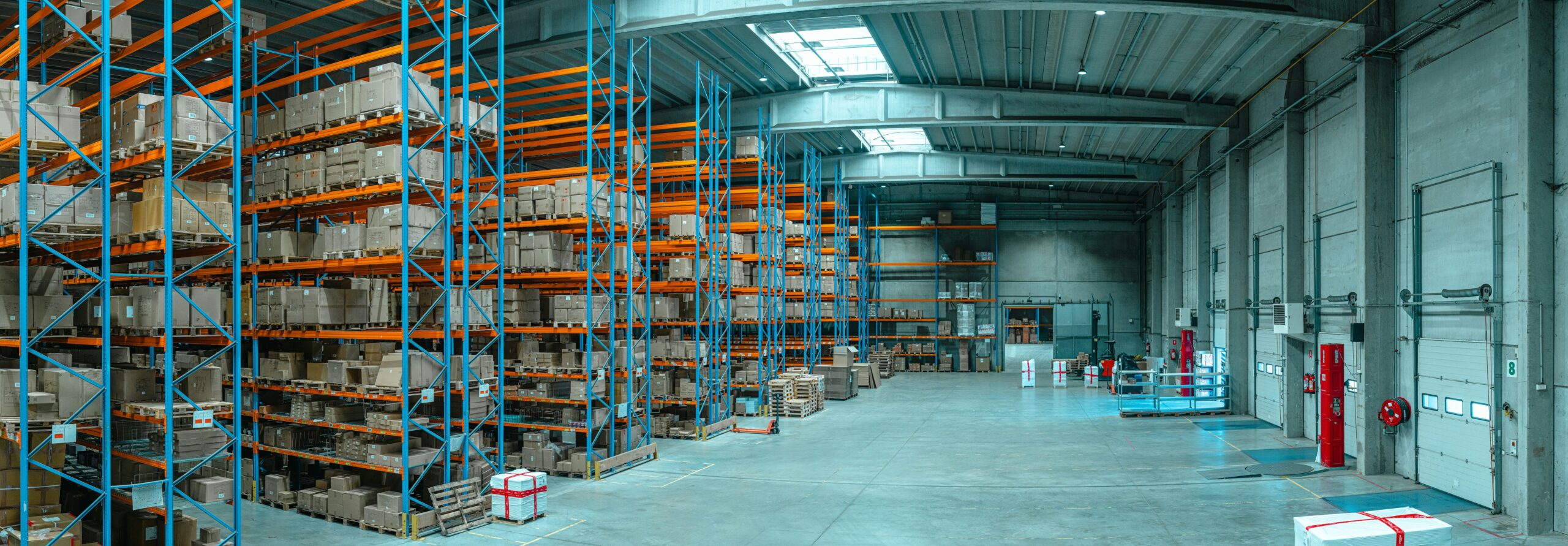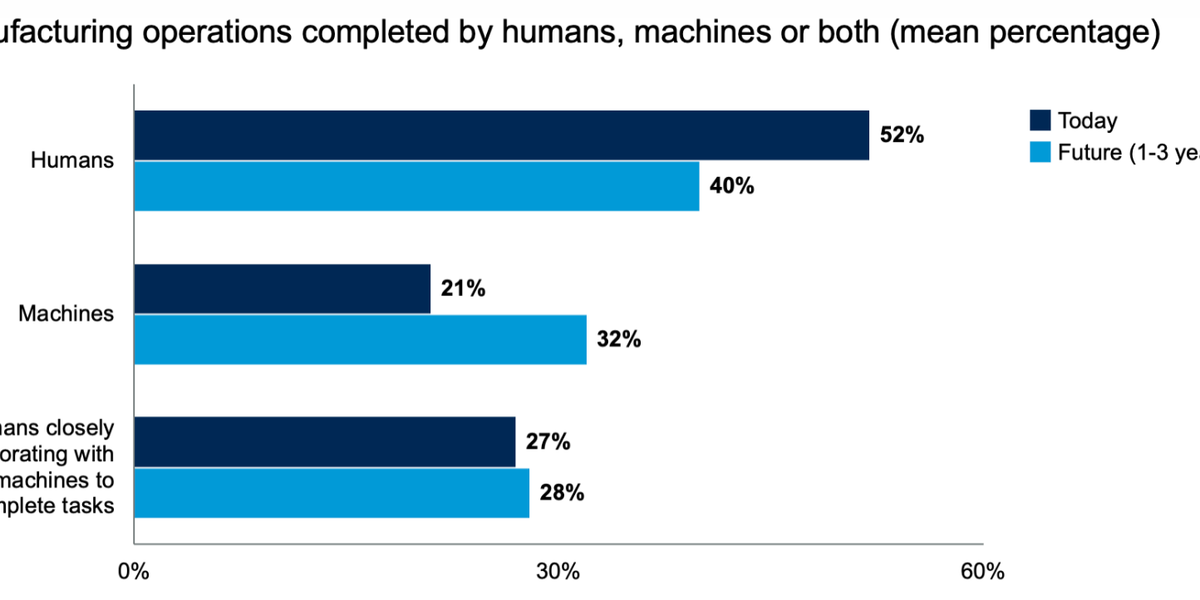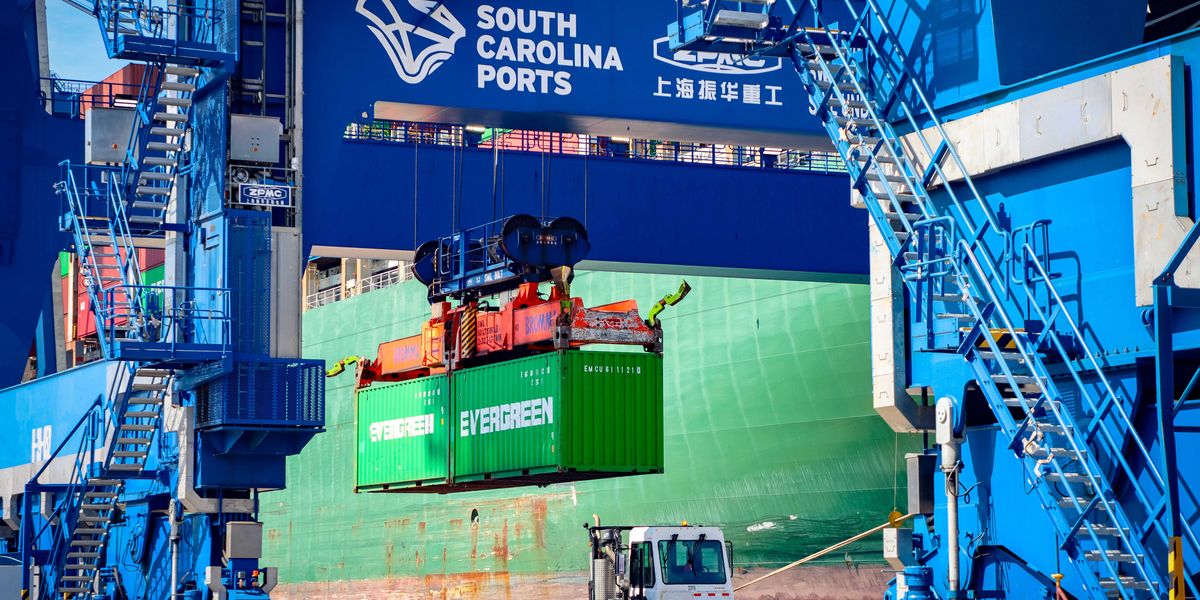Global supply chains are evolving rapidly, not only to keep up with demand, but to meet the urgent call for sustainability. Companies in every industry are rethinking how products move, how waste is managed, and how materials can live multiple lives within the same system. The old linear model, make, use, throw away, no longer works. The new global economy is moving towards a circular model built on efficiency, innovation and responsibility.
Read also: US port volumes decline as tariff turmoil worsens and supply chains shift offshore
Rethinking the global supply chain
Traditional trading systems focus on productivity: moving goods as quickly and cheaply as possible. But this approach often ignores waste, inefficiency, and environmental cost. The modern circular supply chain flips this model by eliminating waste and conserving resource use for as long as possible.
This transformation is reshaping logistics operations from the ground up. Instead of measuring success solely by speed and volume, exporters and logistics leaders are prioritizing longevity, traceability, and sustainability. From manufacturing to final delivery, the new goal is to reduce environmental impact while maintaining profitability.
The rise of circular logistics
Circular logistics services It’s about closing loops, reusing materials, optimizing reverse logistics, and making sure every shipment creates value beyond a single trip. Forward-thinking companies are integrating sustainability directly into their operations:
- Implement return logistics systems that collect packages or materials used for replenishment.
- Design multi-use transport containers that reduce waste across trade routes.
- Integrate digital tracking to monitor carbon emissions and energy efficiency at every stage.
This approach not only makes environmental sense, it makes business sense. Reducing waste, fuel consumption and single-use materials lowers operating costs while enhancing supply chain resilience.
Reusable packaging: a practical cornerstone
The main driver of this transformation is Reusable packagingan innovation that is quietly revolutionizing how global trade handles materials. Instead of relying on disposable boxes, wrappers or pallets, companies are turning to durable, renewable packaging that can withstand multiple shipping cycles.
In export-intensive industries such as automobiles, electronics, and pharmaceuticals, reusable packaging systems help lower material costs, reduce landfill waste, and streamline customs processes. Return programs enable packaging to flow back through the supply chain for inspection, repair and reuse, all while maintaining compliance and protecting product integrity.
The closed-loop system is especially valuable in global trade, where transportation distances and costs can add up rapidly. The initial investment in reusable materials pays off as packaging is reused dozens, even hundreds, of times, transforming logistics from a cost center into a sustainable asset.
Technology is driving the circular transformation
Technology is the backbone of this sustainability movement. Digital tools now allow companies to accurately track, analyze, and improve every part of their supply chain in real time.
- IoT sensors can monitor the condition of containers and reusable assets, ensuring quality during every trip.
- Blockchain systems help verify records of sustainable sourcing and recycling.
- AI-powered analytics optimize routes, reduce empty connection points and reduce emissions.
Together, these tools create visibility, the most important element of any circular system. By understanding precisely where materials are located, how they are used, and when they will be returned, companies can plan their recovery and reuse with unprecedented precision.
Politics and global cooperation
Government regulations and international sustainability agreements are accelerating the adoption of circular logistics. The European Union’s Circular Economy Action Plan, the US Environmental Protection Agency’s Sustainable Materials Management Program, and green supply chain initiatives in Asia point to the same future: a connected, resource-efficient global trading system.
These frameworks encourage companies to report life cycle impacts, reduce emissions, and implement waste recovery measures, all of which strengthen the business case for long-term circular practices.
Economic advantages of circular models
Beyond the environmental benefits, circular supply chains are reshaping the economics of global trade. When materials remain in circulation, there is less need to extract raw resources, reducing exposure to market fluctuations and supply disruptions.
Companies that invest in reusable packaging and sustainable transportation also see a measurable return on investment through:
- Packaging costs decrease over time.
- Reducing shipping and landfill waste fees.
- Stronger relationships with customers and partners built on transparency and environmental responsibility.
For global logistics providers, sustainability is now a differentiator. Customers are increasingly choosing partners who can demonstrate efficiency and environmental stewardship – not just low prices.
Looking to the future: The future of circular trade
The move to circular supply chains is not a passing trend, but rather the next stage in the evolution of global trade. Companies that adopt early will be more competitive, more agile, and better able to adapt to changing regulations and consumer expectations.
Sustainability is no longer in conflict with profitability; He supports him. The integration of technologies, smart logistics and reusable packaging solutions shows that efficiency and responsibility can coexist – creating a new global business model designed for longevity and balance.
